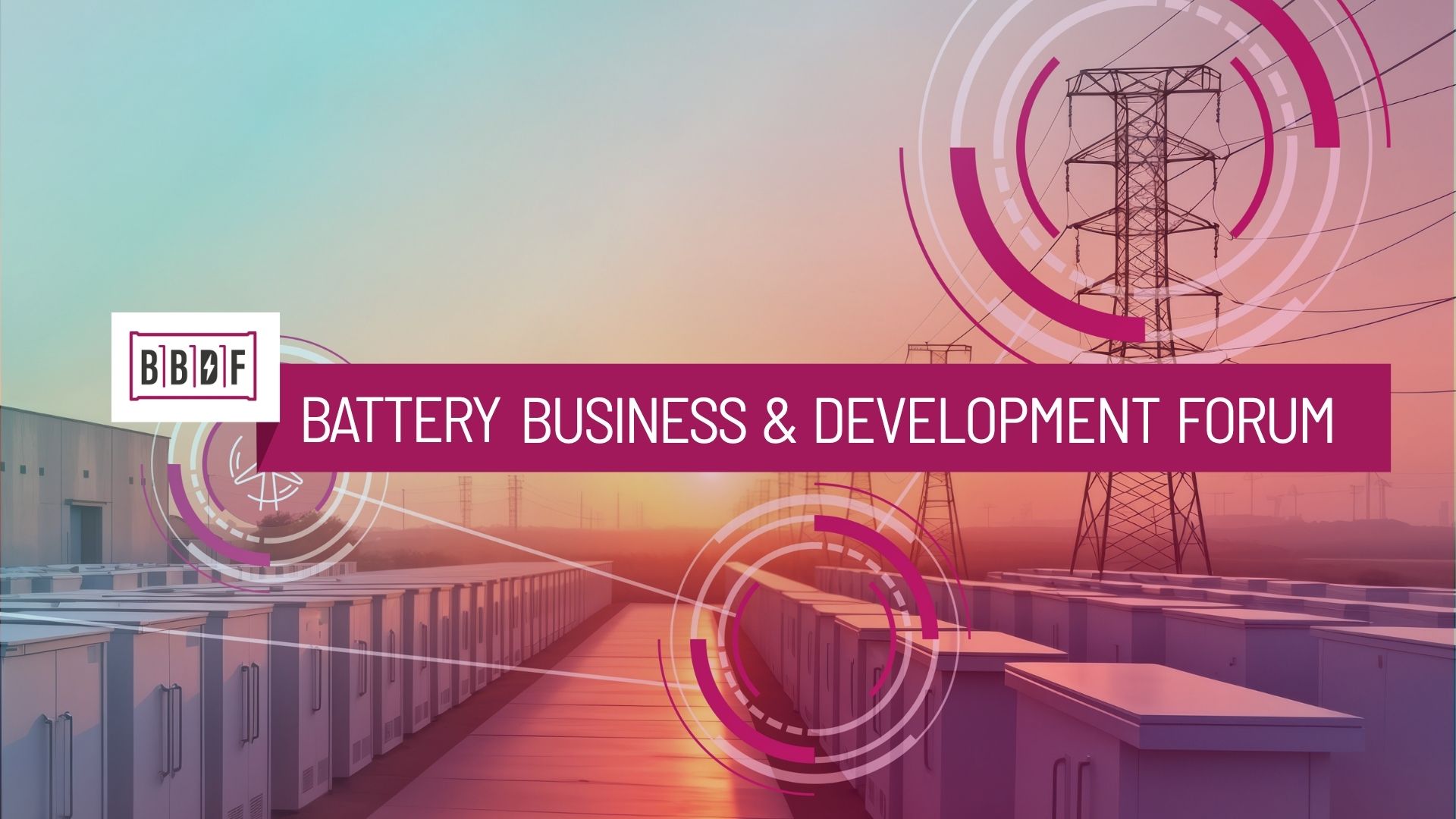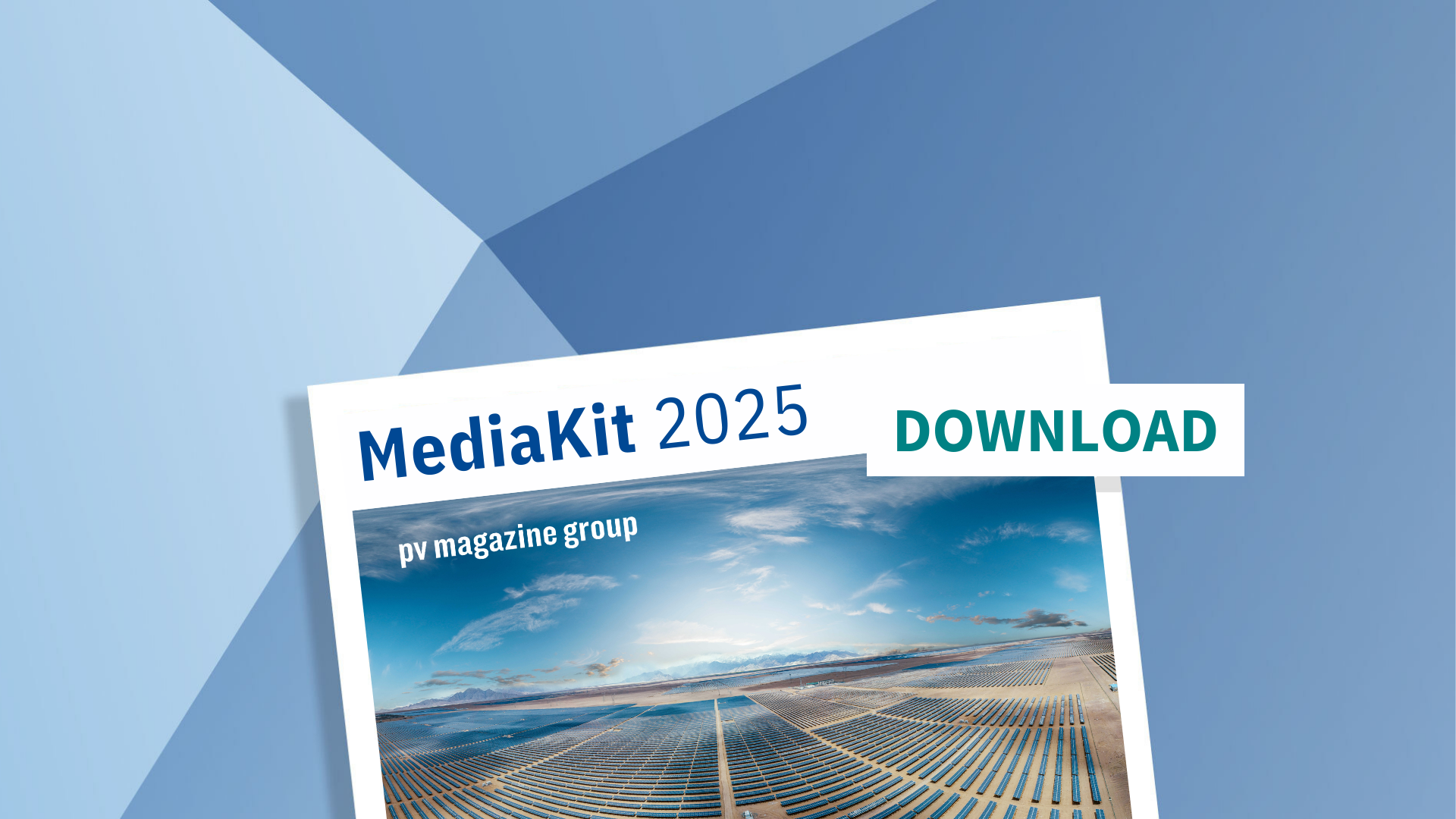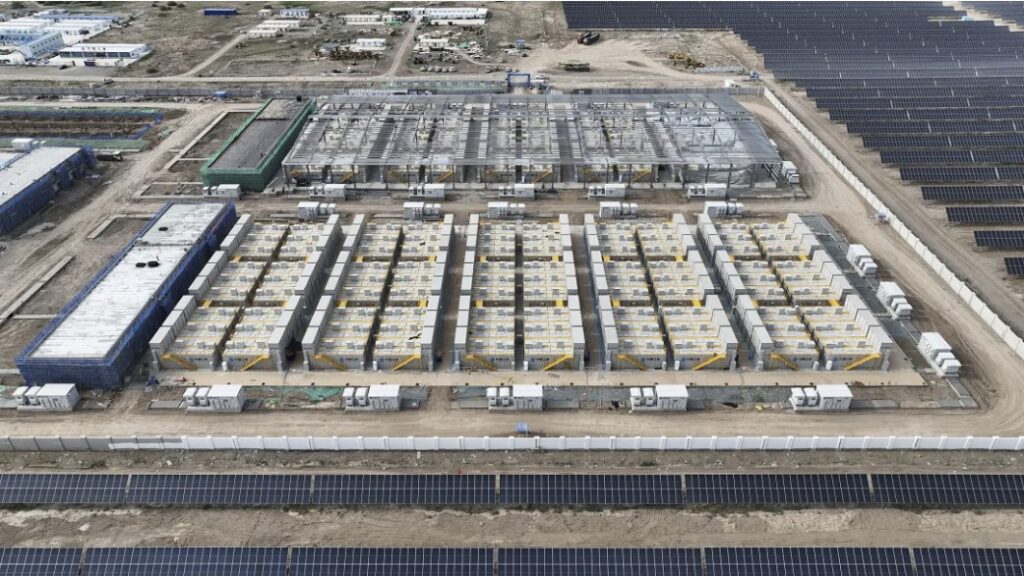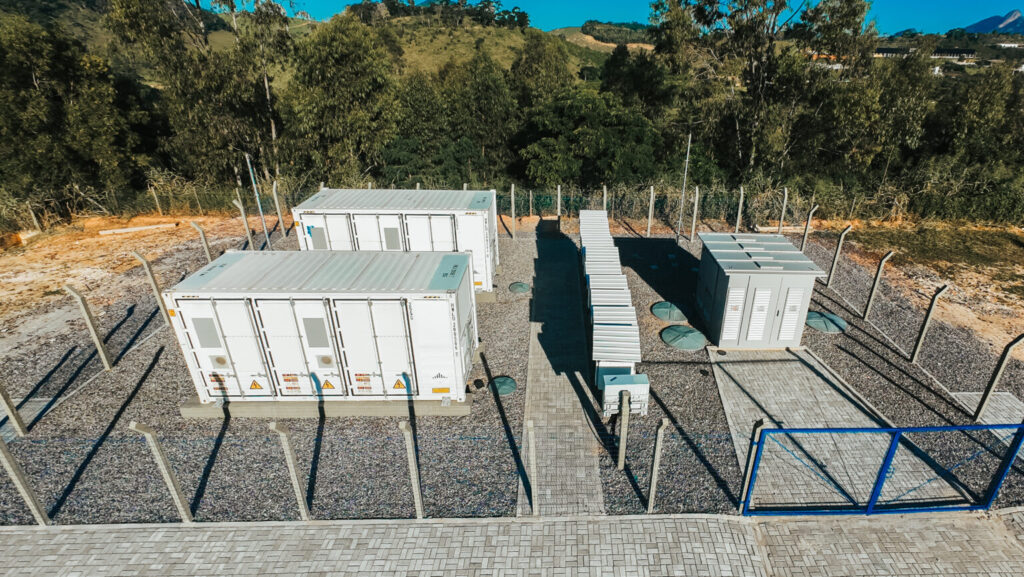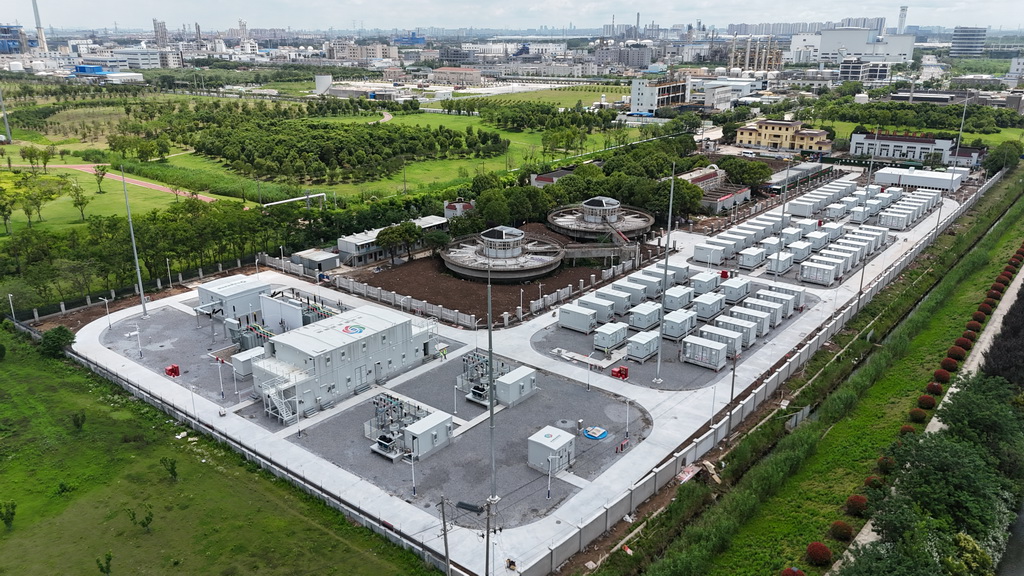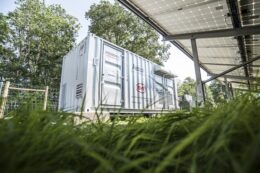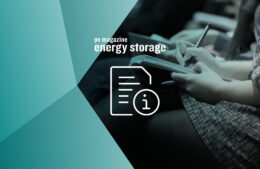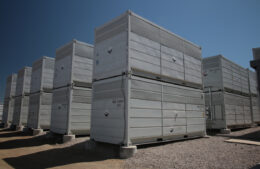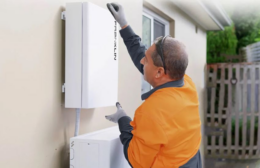UK regulator reveals criteria of LDES cap-and-floor scheme
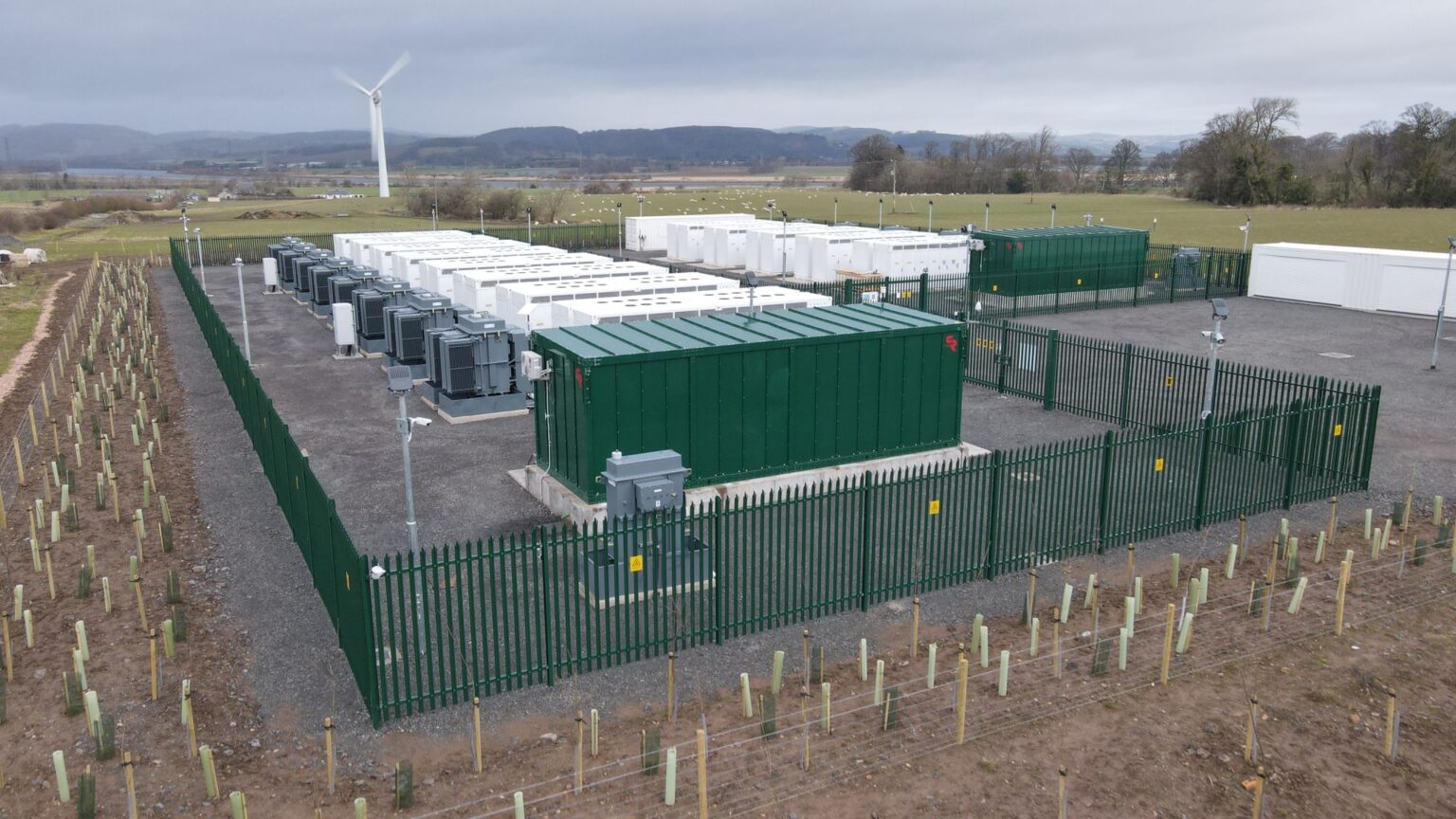
Details of a new cap-and-floor scheme to support long duration energy storage (LDES) in the United Kingdom have been revealed, including significant decisions on eligibility criteria.
Ofgem has confirmed that the cap-and-floor scheme will be open to LDES assets that can provide power for eight hours or more, up from a six-hour duration put forward in earlier proposals. The energy sector regulator has also committed to a 100 MW minimum capacity for “stream 1” technologies and a 50 MW minimum for “stream 2”.
Stream 1 will open to well-established storage technologies that meet Ofgem’s technology readiness nine (TRL9) criteria. The second will be open to TRL 8 technologies. Both streams will be assessed in parallel.
TRL 9 is generally defined as a marketable product that has been proven in repeated use, such as lithium-ion batteries. TRL 8 technologies are those with final design and features set and, for LDES, Ofgem wants to see an installed working example of the technology that is at least 1 MW in size.
The regulator said that its current understanding of LDES suggests technologies such as liquid air electricity storage (LAES), compressed air electricity storage (CAES) and flow batteries will “come forward with a TRL of 8 and be assessed in stream 2.”
Ofgem also confirmed lithium-ion battery storage will be eligible to apply for the scheme, however lithium-ion batteries will not be classified at LDES under the UK government’s Clean Power 2030 plan for boosting renewables deployment. This means lithium-ion batteries will be viewed separately from LDES during the grid connection process.
Ofgem notes that although lithium-ion batteries have “not strictly been used in longer duration applications” the government and regulator expect long-duration applications to be “sufficiently similar.”
The UK government first announced a cap-and-floor scheme for LDES in October 2024, with the intention of opening the first round of applications in 2025. Cap-and-floor schemes operate by providing revenue support to developers should their annual gross margin – the difference between the revenues from selling electricity back to the grid and the cost of charging – fall below a set floor level.
Other eligibility criteria include producing cost estimates. Evidence of upfront engineering, and evidence that a grid connection application has been submitted. Projects must also have planning consent in place by the start of the project assessment phase, scheduled for the third quarter of 2025.
This article was amended on Apr. 9 to show stream 1 and stream 2 projects will be assessed in parallel.


